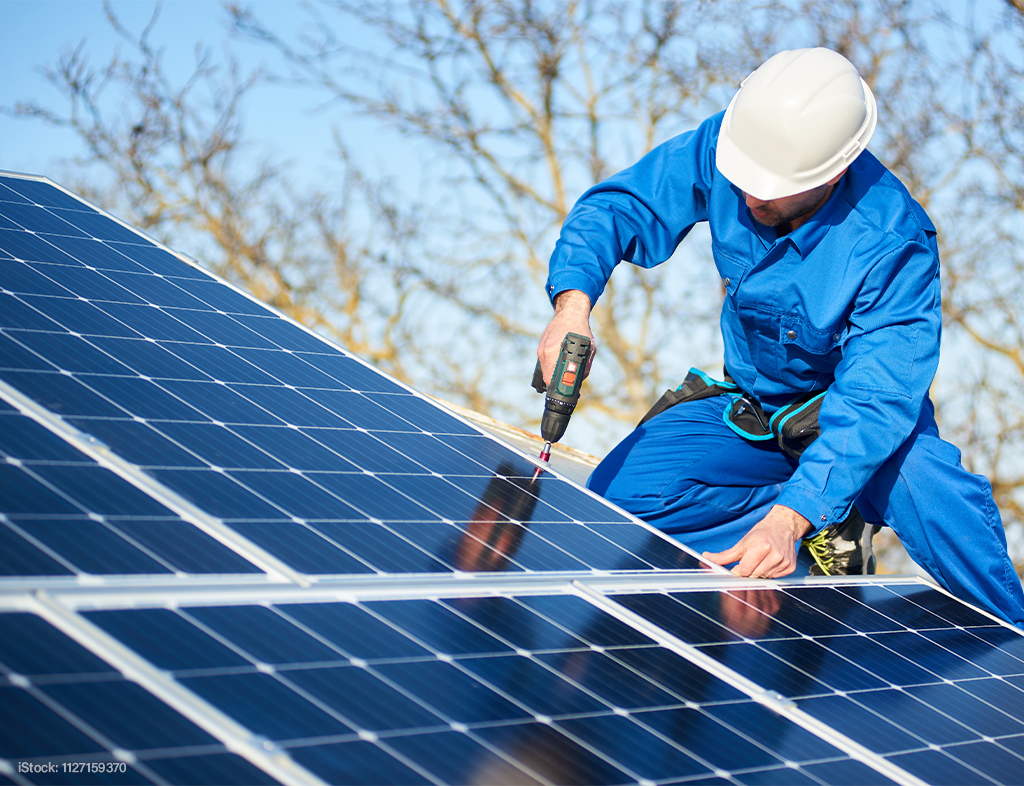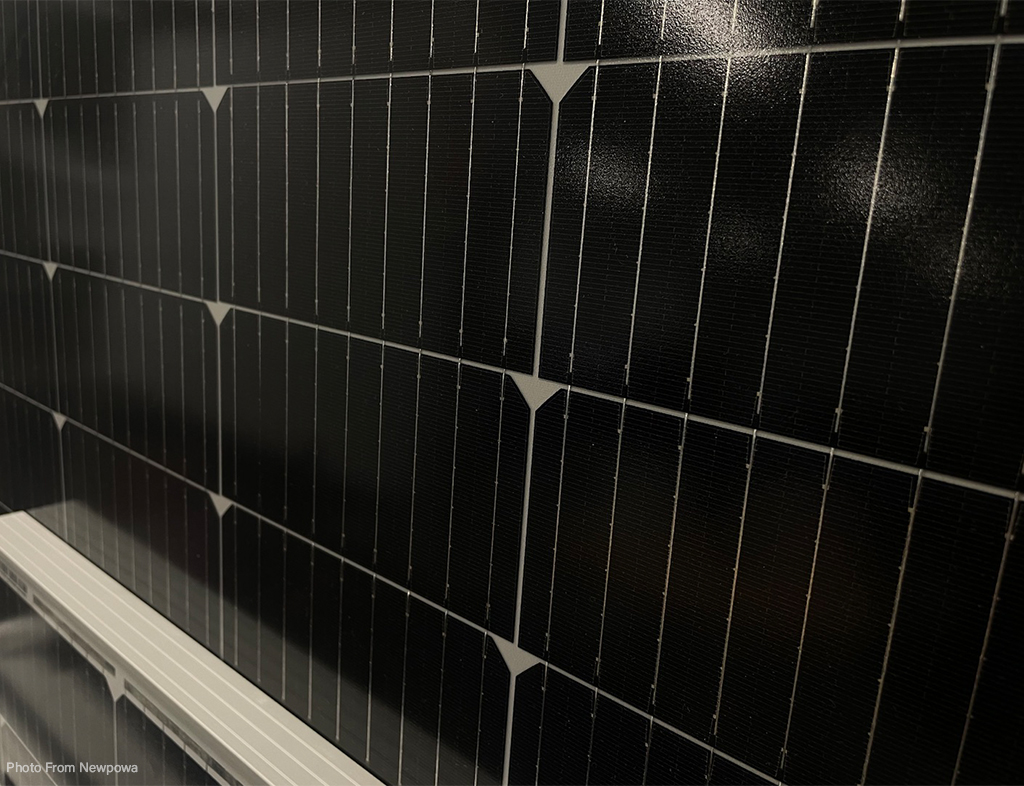SOLAR CELLS & BUSBARS: DOES THE NUMBER OF BUSBARS ACTUALLY MATTER?
9th Feb 2023
As technology continues to evolve within the solar industry, many companies are now enhancing their panels with higher busbar counts compared to just a year ago. For anyone unfamiliar with the term busbar, a busbar, often made from aluminum or copper, is a thin strip of metal that conducts electricity in a solar panel. It is attached to the panel using welded connections and helps separates the solar cells. In other words, the number of busbars in a solar panel ultimately determines the maximum amount of current that can be safely transferred.

A higher number of busbars lowers your level of resistance due to the shortened distance between each busbar, allowing for a more efficient conduction of direct current (DC) from the solar cells. Additionally, it shortens the overall time it takes for all the current to flow to a solar charge controller, then to a battery bank, and finally to your inverter which transforms your direct current (DC) into usable alternating current (AC).
A good rule of thumb is that the more busbars a solar panel has, the more efficient it will be at generating electricity. It’s also very important to note that higher busbars have a reduction in their physical footprint compared to that of lower busbar panels. This is vital, especially for those of you who have limited space on your RV, trailer, overlanding vehicle, etc.

Another benefit of a higher busbar count is less degradation over time, because 9+ busbar panels are less prone to micro-cracks compared to the old 5 and 6 busbar technology, which helps boost your return on investment. Furthermore, even though higher busbar counts in panels are slightly more expensive compared to lower busbar panels, you’ll still end up benefiting more than you would before.
It would be a safe bet to say that as technology improves, solar cells with higher busbars will soon become the norm. The main takeaway is that more busbars can collect more energy and thus, produce more electricity leading to higher efficiency and overall performance.
